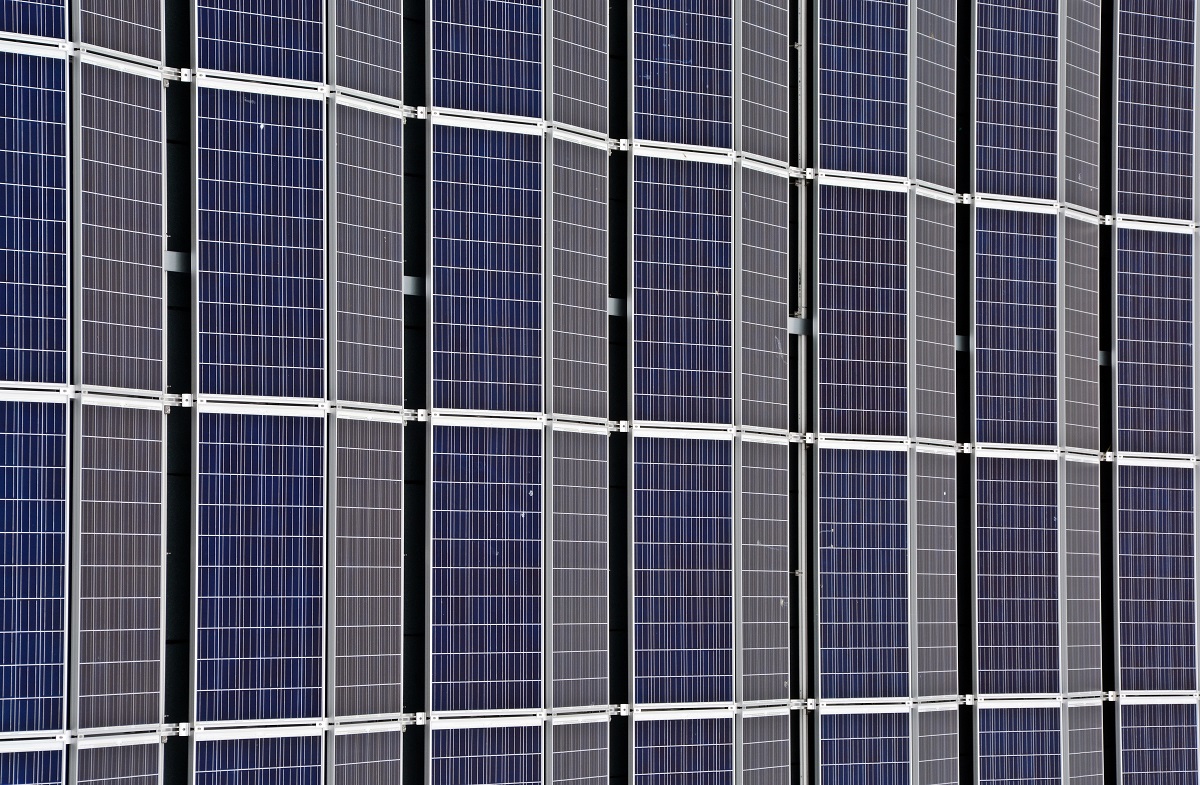École Polytechnique Fédérale de Lausanne (EPFL) has led a team of researchers that developed a single-crystalline titanium dioxide (TiO2) petrovskite solar cell with an electron transport layer (ETL), a paper published in Nature showed.
“The solar cell was conceived for use in building-integrated photovoltaics (BIPV), including roof tiles, facades, walls, and thin-film battery integrated perovskite solar cells for the Internet of Things and sensor applications,” researcher Mohammad Khaja Nazeeruddin told PV magazine.
The titanium dioxide nanoparticles were made using a one-step solvothermal synthesizing process based on the Mannich reaction, an organic reaction that converts a primary or secondary amine to two carbonyl compounds.
A glass-coated substrate composed of fluorine-doped tin oxide (FTO), a compact anatase TiO2 layer, a high conductivity TiO2 nanoparticles layer, a film built of Rb0.03Cs0.05MA0.05FA0.90PbI3, a spiro-OMeTAD hole-blocking layer, and a gold (Au) metal contact were used to make the solar cell.
With this configuration, the solar cell produced a power conversion efficiency of 24.05 percent, an open-circuit voltage of 1.12 V, a short-circuit current of 25.35 mA cm–2, and an 84.7 percent fill factor.
Decreased charge recombination and reduced series resistance, respectively, were attributable to higher-than-usual open-circuit voltage and fill factor.
Through spin-coating and vacuum cooling, the cell was used to create a small perovskite solar panel with an active area of 24.63 square centimeters. The tiny panel has a 22.87 percent power conversion efficiency and an 82.0 percent fill factor.
For the first time, the researchers were able to close the gap between small and big area efficiency. This was the smallest efficiency loss ever documented while scaling up from cell to module.

